A poster showing the definition and an example of data.
Display and use this Data Poster when learning about Design and Digital Technologies.
Download includes options for full colour, low colour and black and white versions.
Updated: 22 Jun 2020
A poster showing the definition and an example of data.
Non-Editable: PDF
Pages: 1 Page
Years: F - 6
Recognise and explore patterns in data and represent data as pictures, symbols and diagrams
Collect, explore and sort data, and use digital systems to present the data creatively
Recognise different types of data and explore how the same data can be represented in different ways
Collect, access and present different types of data using simple software to create information and solve problems
Examine how whole numbers are used to represent all data in digital systems
Acquire, store and validate different types of data, and use a range of software to interpret and visualise data to create information
Observes, questions and collects data to communicate ideas
Describes, follows and represents algorithms to solve problems
Identifies the components of digital systems and explores how data is represented
Describes how digital systems represent and transmit data
Plans and conducts scientific investigations to answer testable questions, and collects and summarises data to communicate conclusions
Recognise and explore patterns in data and represent data as pictures, symbols and diagrams
Recognise different types of data and explore how the same data can be represented in different ways
Collect, access and present different types of data using simple software to create information and solve problems
Examine how whole numbers are used as the basis for representing all types of data in digital systems
Acquire, store and validate different types of data and use a range of software to interpret and visualise data to create information
Represent data as objects, pictures and symbols
Represent data as pictures, symbols, numbers and words
Recognise different types of data and explore how the same data can be represented differently depending on the purpose
Explain how digital systems represent all data using numbers
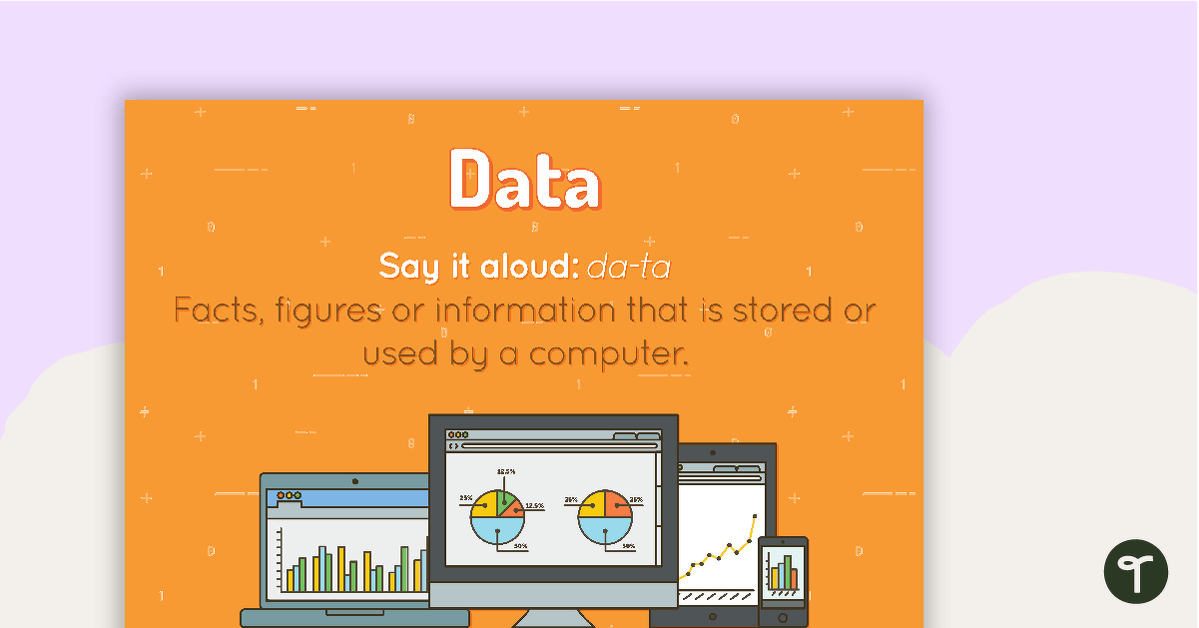
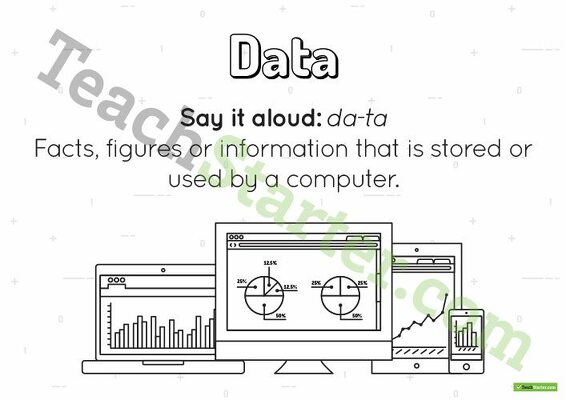
A poster showing the definition and an example of data.
Display and use this Data Poster when learning about Design and Digital Technologies.
Download includes options for full colour, low colour and black and white versions.
Recognise and explore patterns in data and represent data as pictures, symbols and diagrams
Collect, explore and sort data, and use digital systems to present the data creatively
Recognise different types of data and explore how the same data can be represented in different ways
Collect, access and present different types of data using simple software to create information and solve problems
Examine how whole numbers are used to represent all data in digital systems
Acquire, store and validate different types of data, and use a range of software to interpret and visualise data to create information
Observes, questions and collects data to communicate ideas
Describes, follows and represents algorithms to solve problems
Identifies the components of digital systems and explores how data is represented
Describes how digital systems represent and transmit data
Plans and conducts scientific investigations to answer testable questions, and collects and summarises data to communicate conclusions
Recognise and explore patterns in data and represent data as pictures, symbols and diagrams
Recognise different types of data and explore how the same data can be represented in different ways
Collect, access and present different types of data using simple software to create information and solve problems
Examine how whole numbers are used as the basis for representing all types of data in digital systems
Acquire, store and validate different types of data and use a range of software to interpret and visualise data to create information
Represent data as objects, pictures and symbols
Represent data as pictures, symbols, numbers and words
Recognise different types of data and explore how the same data can be represented differently depending on the purpose
Explain how digital systems represent all data using numbers

We create premium quality, downloadable teaching resources for primary/elementary school teachers that make classrooms buzz!
Would you like something changed or customised on this resource? While our team makes every effort to complete change suggestions, we can't guarantee that every change will be completed.
Did you spot an error on this resource? Please let us know and we will fix it shortly.
Are you having trouble downloading or viewing this resource? Please try the following steps:
If you are still having difficulty, please visit the Teach Starter Help Desk or contact us .
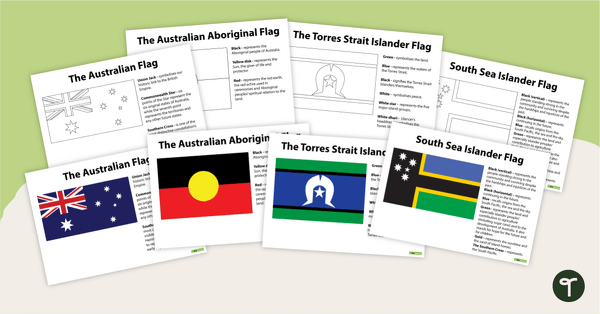
A set of 4 significant Australian flags with explanations.
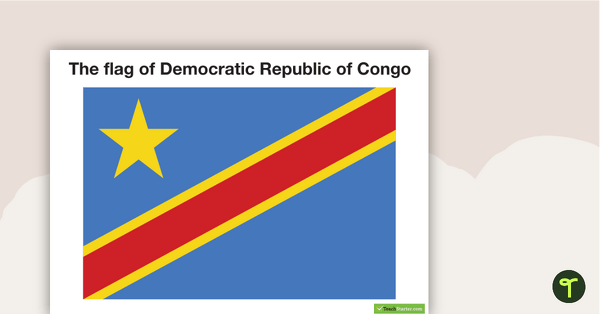
Eight flags from Africa.
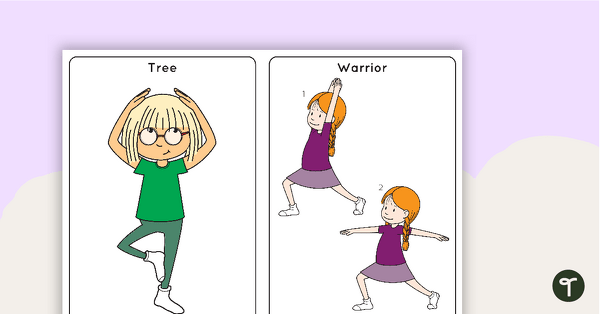
16 kid friendly yoga cards featuring poses to display and use in the classroom for daily gross motor and fitness activities.
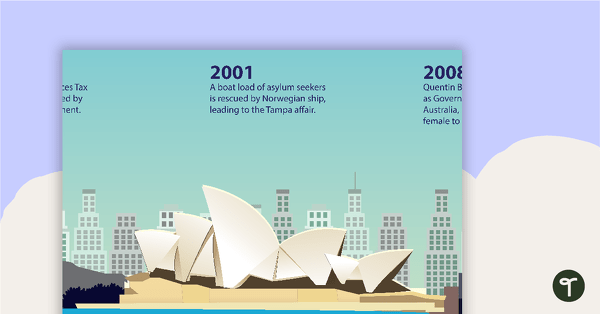
A colourful banner highlighting some of Australia’s most recent historic events.
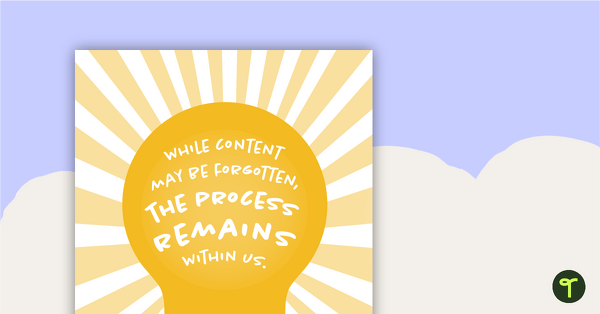
An inspirational poster for teachers to display on classroom bulletin boards.
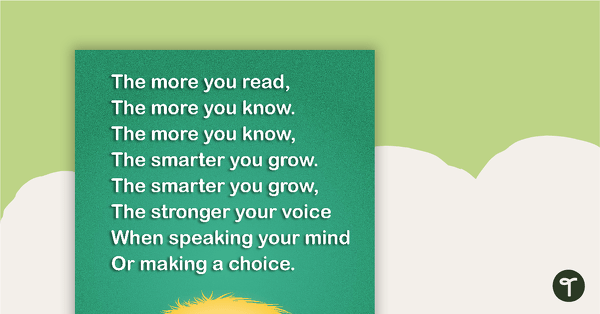
A positivity poster encouraging kids to read.

Brighten up your classroom and motivate your students with a printable 'Dream Big' Poster.

A positive message to encourage students to believe in themselves.
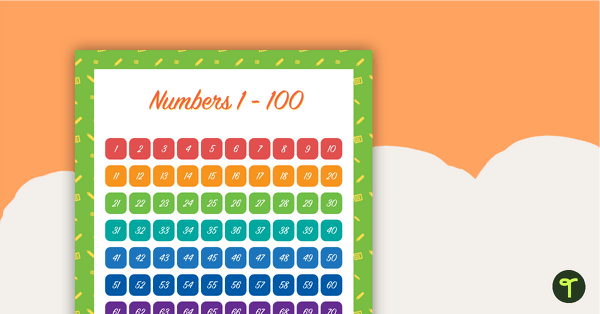
A calculator pattern themed hundreds board.
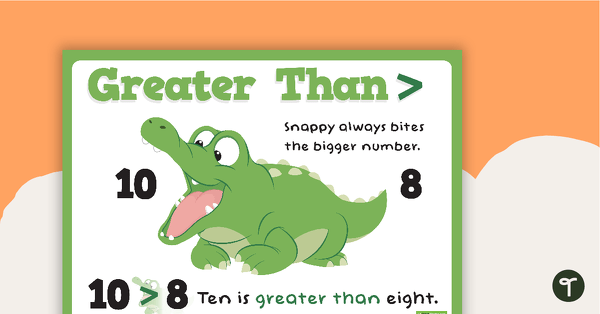
Greater and less than can be easily confused, but Snappy uses visual representation to make it all so much clearer.
0 Comments
Write a review to help other teachers and parents like yourself. If you'd like to request a change to this resource, or report an error, select the corresponding tab above.